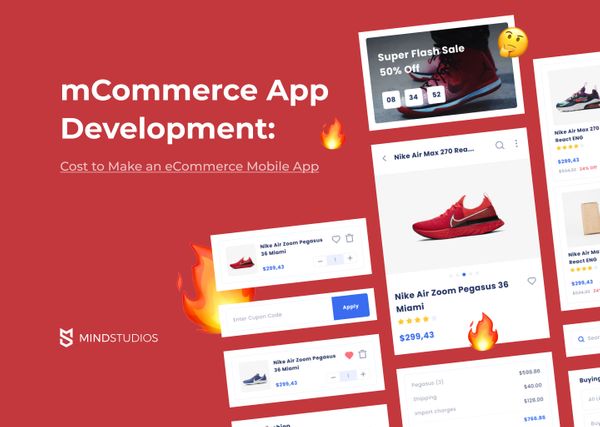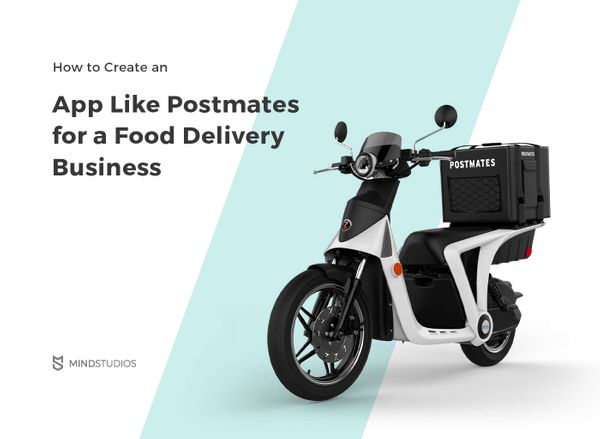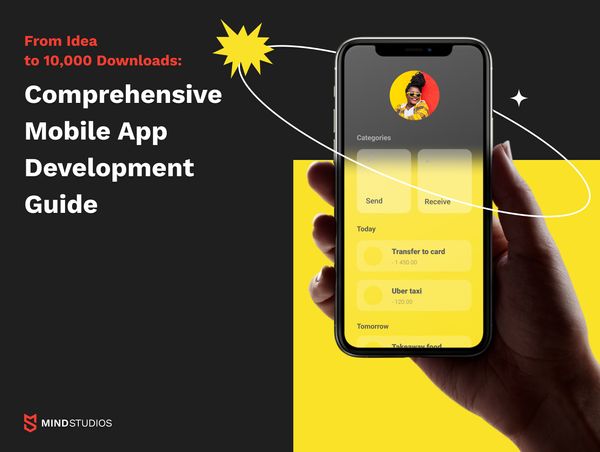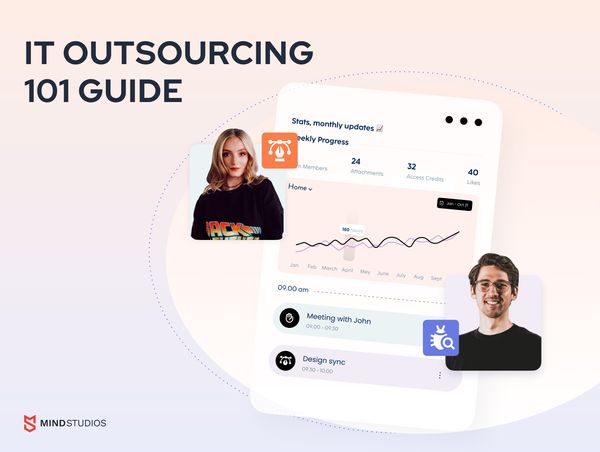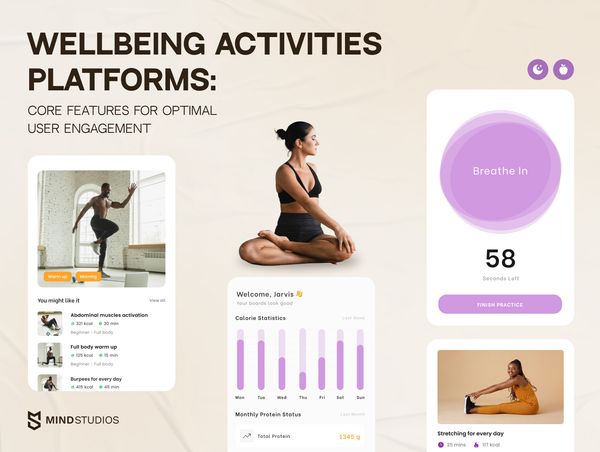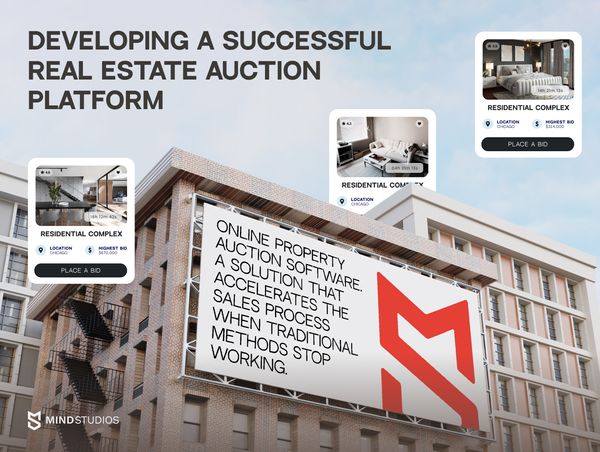
Like most entrepreneurs, you believe in your startup’s success. But what if this belief is blind?
Picture this.
After spending 18 months and $70,000 on launching your new business, you recognize that revenue doesn’t meet your expectations and never will. The market is too small, the competition is too high, there are too few paying customers. Is there no way for startup owners to avoid financial losses and frustration?
In this article we will dive deep into how to do market research for startups to avoid failures.
Market research is not optional; it is imperative
Having a strong case that your startup idea is profitable is the difference between a serious business and a hobby. Market research for a new product is all about getting solid facts to make informed decisions prior to project development.
- Does your industry generate enough revenue to make it worth investing in?
- What is the market size, and what market share can you count on?
- How many competitors are there in your niche and how much money does it require to entice their customers?
- Who are the customers you should target and how much are they ready to pay for your product or service?
- What is the potential income your startup can generate in X months, and will it ever meet your financial expectations?
To get comprehensive answers to these questions, there’s no substitute for thorough market research for startup. Want proof in numbers? Let’s look at the top three reasons why startups fail according to CBInsights:
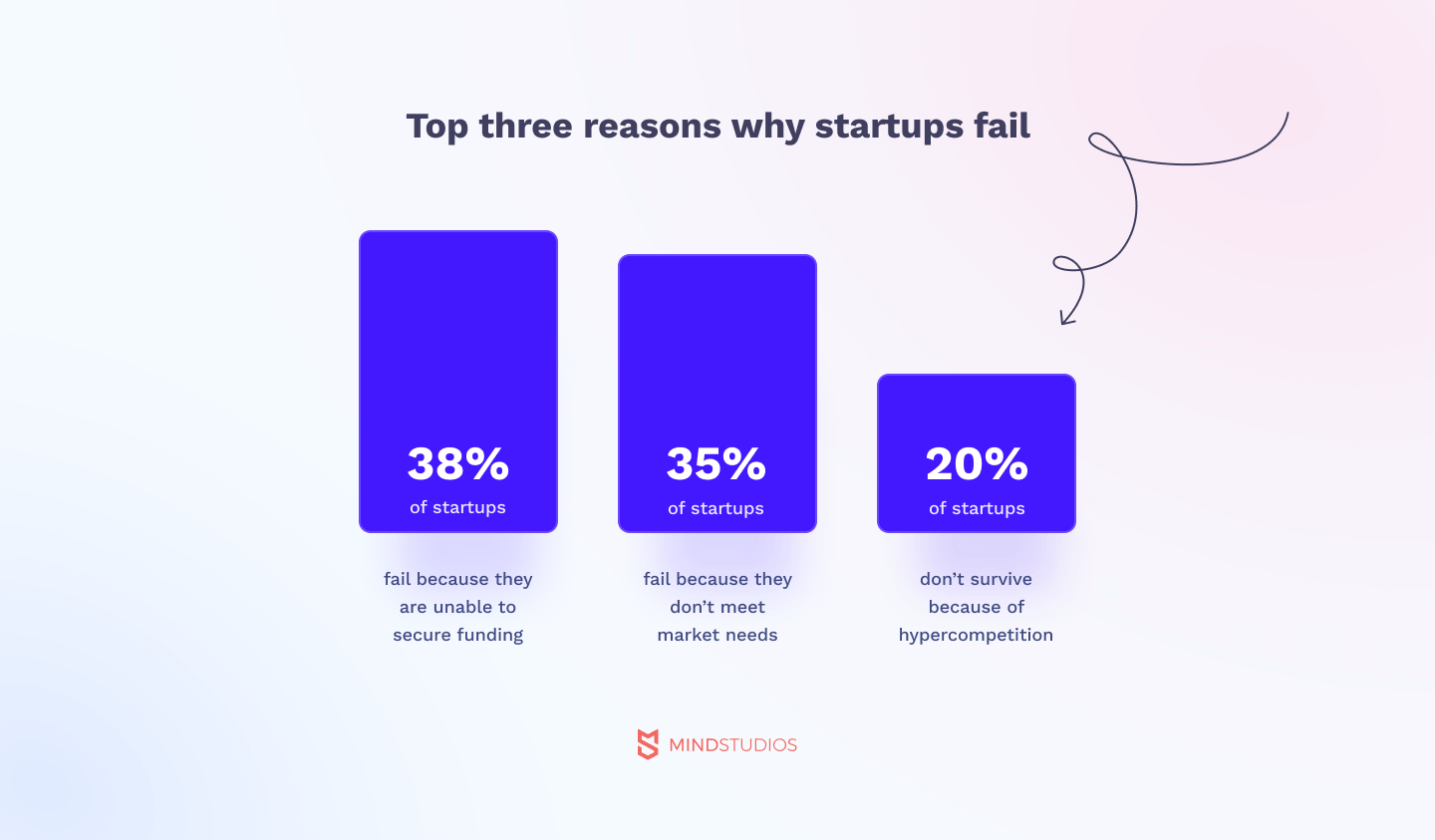
This data shows that in most cases, startups ultimately fail because their owners underestimate the importance of timely market research for a product. To prevent you from joining their ranks, we’ve prepared a step-by-step guide on how to do market research for a startup to get the most valuable insights in a short time and for a light cost.
Step by step: how to do market research for a new product
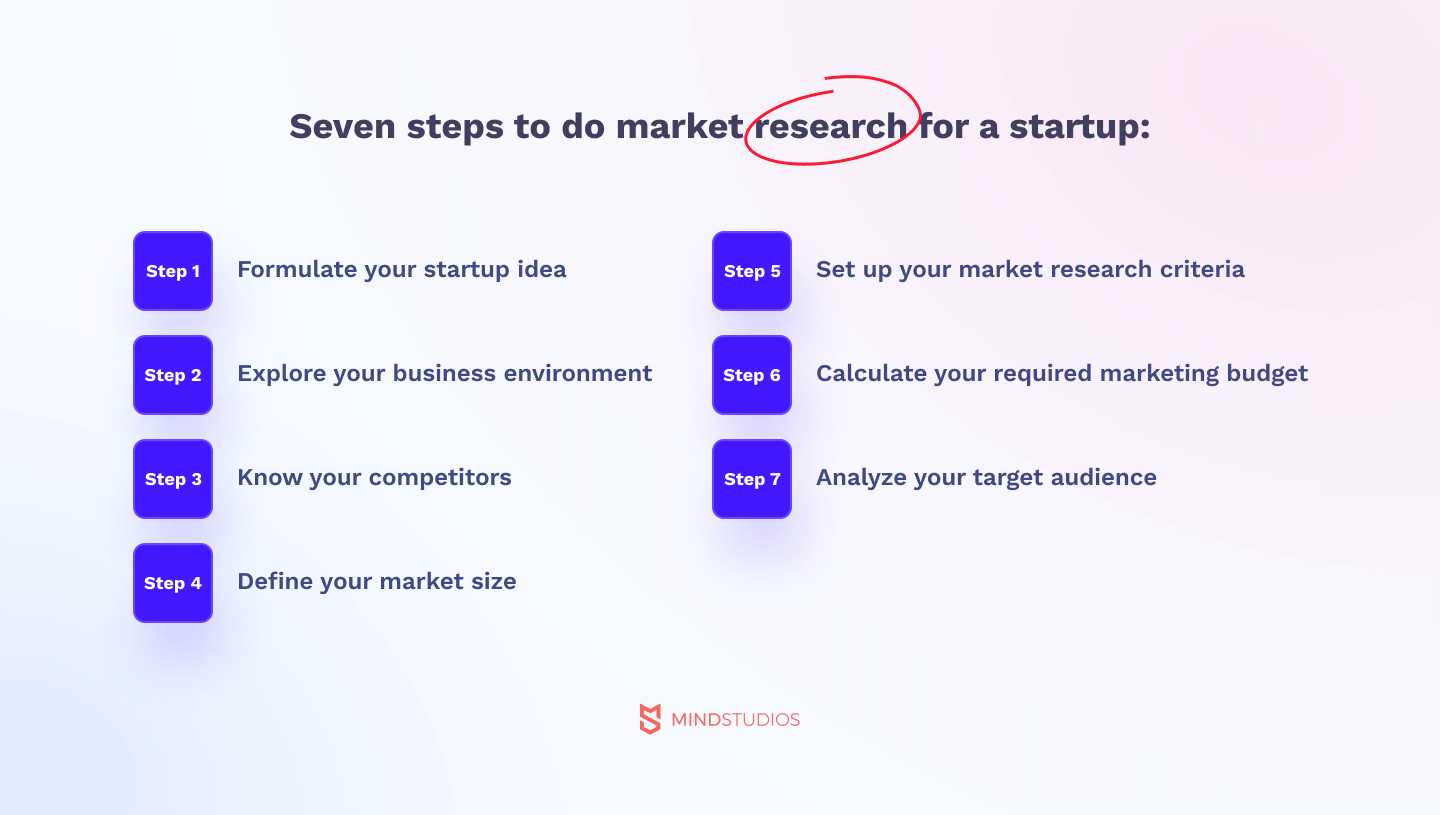
Before starting market research for a startup, you need to know four key definitions. First of all, the types of information sources you use define the two main thrusts of market research:
- Primary research is when you get information by directly interacting with representatives of your niche, target users, and competitors.
- Secondary research is when you get information from indirect public sources related to your niche (statistics, reports, surveys, articles, etc.).
When conducting market research, you’ll receive lots of mixed information that you need to put in order. According to the type of information you receive, you can divide primary and secondary research into two subcategories:
- Qualitative research identifies general concepts, visions, opinions, feelings, emotions, and preferences of your respondents.
- Quantitative research collects hard facts and involves analytics and statistics.
A wise combination of all four research types is the key to solid market research. To understand how market research works, follow our seven steps.
Step 1. Formulate your startup idea
To be able to conduct thorough market research, you need to specify what problems your startup solves, what needs it meets, and what business objectives it fulfills. The more clearly you define your business idea, the more productive your research will be.
Without being heavy on the details, you should describe:
- The problem you’re going to solve
- Your solution and its benefits
- Your unique value proposition
- Your company
Step 2. Explore your current business environment
With an idea for a startup defined, you need to understand what waters you’re entering. To analyze the current business environment, you can use both online and offline public sources, including:
- Government sources (e.g. the US Census Bureau, the Bureau of Labor & Statistics)
- Industry reports (Statista, MarketResearch, IBISWorld)
- Local chambers of commerce and their business development departments
- Patent bureaus to stay familiar with innovations and identify trends
Figure out the total annual revenue of your industry. You’ll need this data to plan your desired market share.
To get a better understanding of how this works, look at the fitness mobile app market research we conducted for the FitrTraining app.
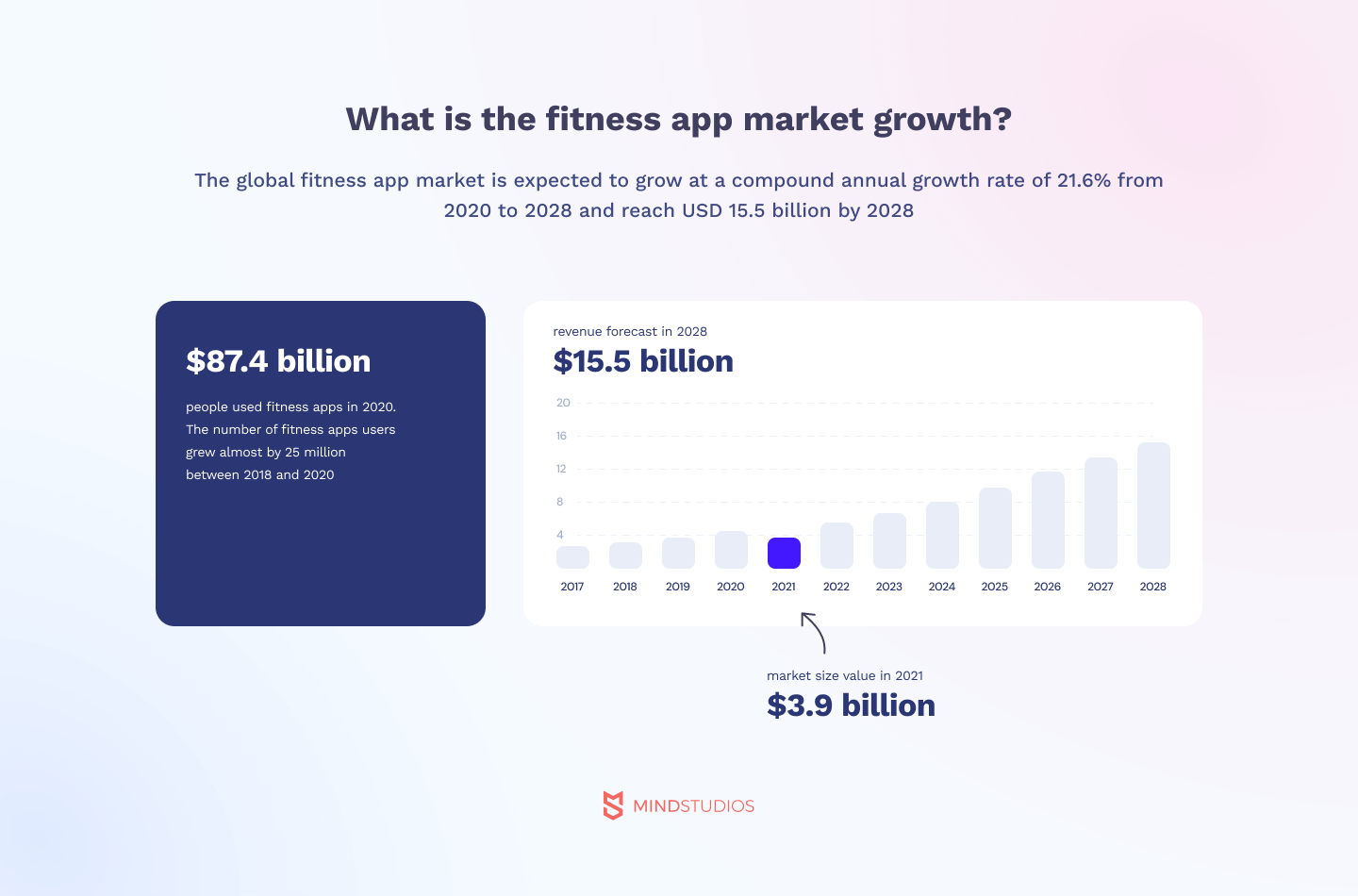
Step 3. Know your competitors
Once you’ve outlined your idea for a startup, you need to figure out who you’ll have to fight for market share. You should explore two main categories of competitors:
- Direct competitors are companies that offer similar solutions to your target audience and are similar to your company in terms of size and operations.
- Indirect competitors are companies that offer other solutions that differ from yours to your target audience and can provide you with deeper insight into your users’ preferences, stereotypes of behavior, and long-standing habits.
It’s worthwhile taking scale-ups — startups that have already raised funds in seed and subsequent rounds — as a model. To do startup market research, you can rely on tools like Y Combinator Startup Directory and Crunchbase.
Moreover, you can gain in-depth information about your competitors using commercial sources:
- Online platforms like Semrush, Crunchbase Pro, and App Radar
- Market research agencies like Pew Research Center, Gartner, Forrester, and Mintel
These market research resources are paid, but they can provide you with important data about your competitors:
- Acquisition channels and digital marketing strategies
- Powerful calls to action, reward systems, referral programs, etc.
- Incentives competitors use to turn visitors into buyers (free trials, bonuses, discounts, free shipping, etc.)
- Ways they increase customer engagement (push notifications, top-notch technologies, gamification, etc.)
- Core performance metrics including conversion rate, customer acquisition cost (CAC), and customer lifetime value (LTV)
While conducting competitor analysis, you might require a tool to systematize information. For this, you can use a SWOT diagram. It’s a simple and practical evaluation tool to break down insights about your competitors into their strengths, weaknesses, opportunities, and threats.
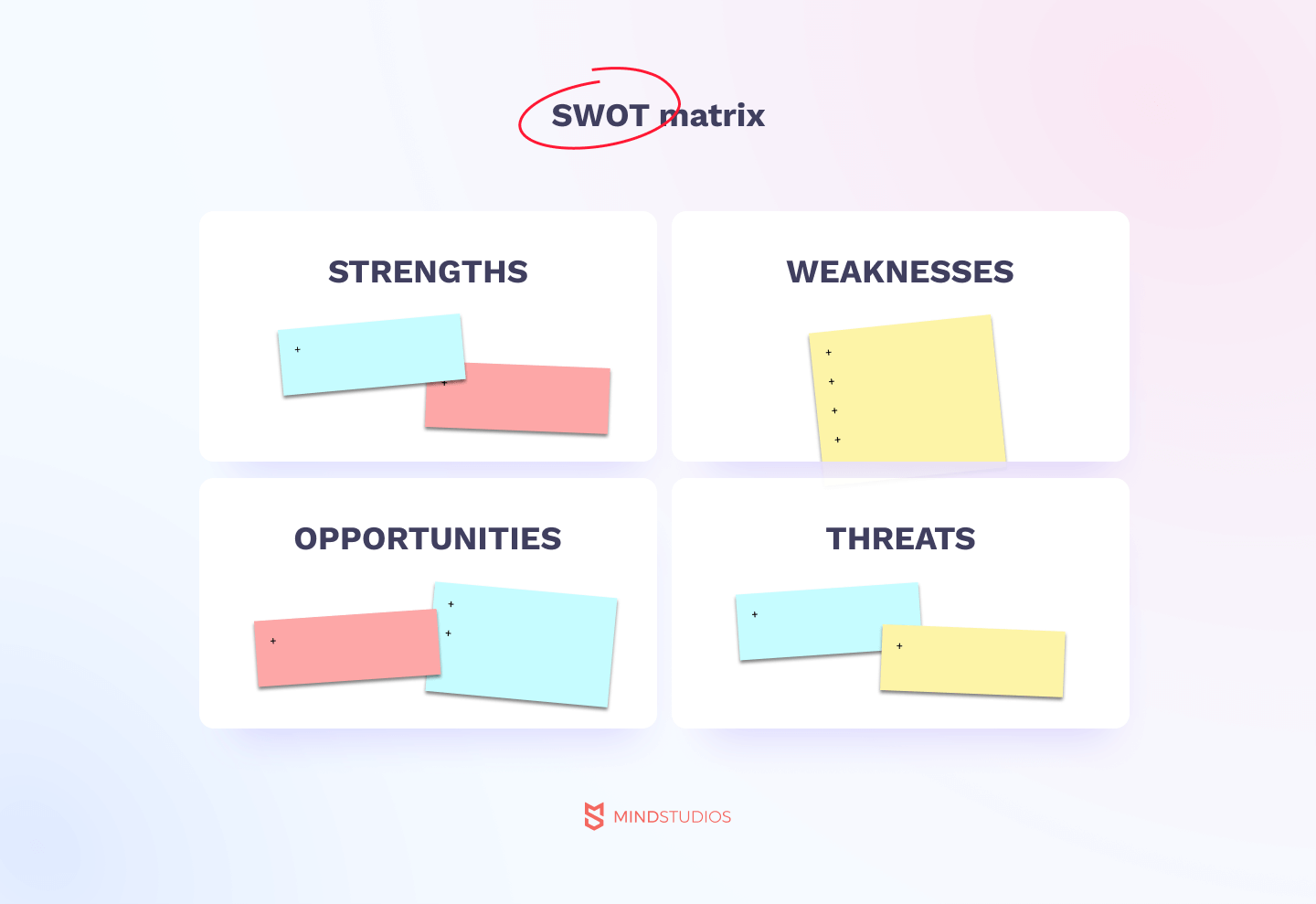
Step 4. Define your TAM, SAM, and SOM
Before investing your time and money in a new business idea, you need to figure out how many customers you can expect. To do so, you must be aware of three market subsets:
- The total available market (TAM) spans all people in the world that can potentially be your customers. TAM identifies the largest possible amount of revenue you can bring in by selling your product or service across the globe. Use TAM to measure your startup’s potential for growth.
- The serviceable available market (SAM) refers to the portion of TAM you can reasonably access based on your geographical reach, regulatory requirements, or pricing/quality requirements. SAM reflects the real market you can embrace with your product/service.
- The serviceable obtainable market (SOM) identifies the portion of SAM you can actually service, considering that you have competitors and can’t make the entire market consume only your product or service.
You can figure out your TAM, SAM, and SOM using two approaches:
- Top-down research is when you move from the general market to your target audience. Typical top-down research analyzes how big macroeconomic factors (e.g. technology trends, federal funding, trade balances, unemployment rates, energy consumption, inflation rates, etc.) affect the market to enable you to predict what market share you can capture.
- Bottom-up research is when you begin with your local target market and move to worldwide demand. This reverse process pushes off your core business metrics (e.g. number of paying users, products sold, average check, etc.) to make assumptions about your overall market reach.
If you plan to create a pitch deck for investors, it’s sensible to include detailed data from both top-down and bottom-up methods individually first and then collectively.
For example, say you’re thinking of making a food delivery platform like Instacart. Conducting TAM, SAM, and SOM market research for your app idea through the top-down approach can look like this:
The platform-to-customer delivery segment is predicted to bring in $173 million in revenue in 2021 according to Statista. This will be your TAM.
You plan to start from your country to test your custom food delivery platform before operating worldwide. If your country is Saudi Arabia, the projected revenue that local food delivery platforms will generate in 2021 is $1,605 million. This will be your SAM.
Considering the number of available deliverers and stores eager to partner with you from the get-go, you can process 5% of all orders and capture $80,250 a year. This will be your SOM.
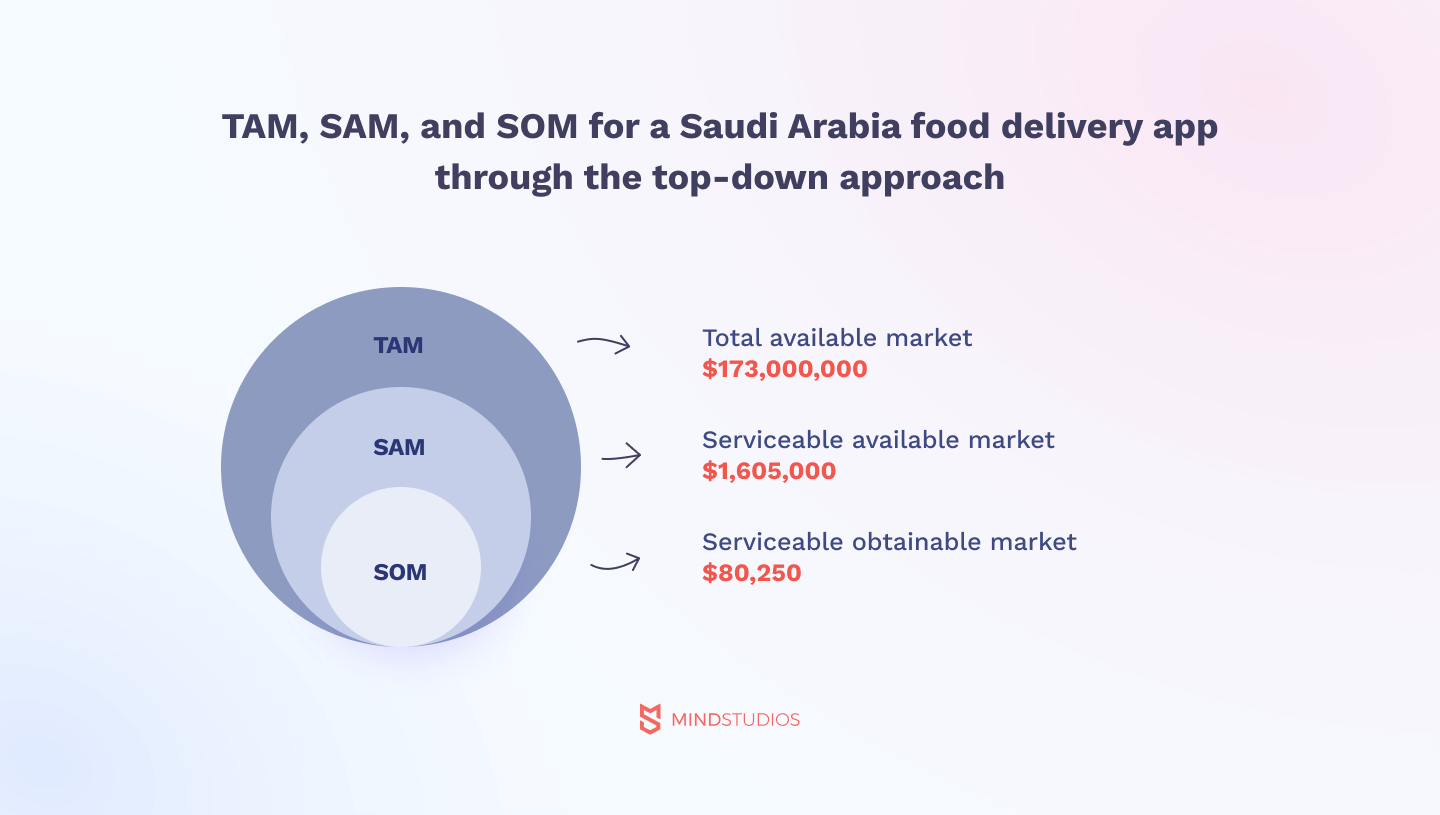
Step 5. Set up your market research criteria
Based on your business environment overview, competitor analysis, and top-down/bottom-up estimates, it’s time to determine your core parameters needed to proceed with market research for your new product.
The market share you intend to conquer. To calculate your target market share, you need to:
- Decide on a fiscal period (month, quarter, year, or multiple years)
- Calculate your company’s total sales over that fiscal period. If you’re starting your business from scratch, you can think over the numbers generated by your competitors and calculate your potential revenue using a simple formula:
Company's total revenue = Number of units sold per fiscal period x Average market price - Divide your company’s total sales by the industry’s total sales from the previous business environment analysis. The formula looks like this:
Market share = Your company's total revenue / Total market revenue x 100%
Depending on the specifics of your business, you might need customer-centric estimates. In this case, you can apply the customer market share formula:
Customer market share = Your company's total customers / Total market customers x 100%
In the end, you will be able to determine by how much you want to increase your current market share or the percentage of the market you want to capture.
The time you’ll need to obtain the market share. To roughly estimate the time you’ll need to capture your market share, rely on your competitors’ average conversion rate. Having specified your SAM and SOM, you can calculate how many leads you can get in a fiscal period (for example, in a month) and then divide the amount of your SAM by the number of your paying customers:
Time to obtain market share (months) = Serviceable available market (SAM) / (Serviceable obtainable market (SOM) per month x Conversion rate)
Your initial marketing budget. As for funding, more often than not, the budget you require to market your new tech startup doesn’t align with your available budget. At this stage, write down the budget you plan to allocate for marketing a new product or service and move to the next step.
Step 6. Calculate your required marketing budget
Let’s figure out the marketing budget you’ll need to promote your startup using the table below. It calculates data for a real estate mobile app. If you’re interested in how to do market research for an app idea, this calculation can help you align your required marketing budget with available budget by changing variables, for instance, desired market share or conversion rate.
Variables |
Total available market (TAM) |
10,000,000 |
Market share (MS) |
1% |
|
Number of real estate agents you can inform in a fiscal period (month) (MSOM) |
12,000 |
|
Percentage of informed agents that turn into customers (conversion rate, CR) |
1.88% |
|
Average check size for one customer per one property ad (AC) |
$36 |
|
Operational expenses (OE) |
2.9% |
|
Average number of property ads per customer during their lifetime (cAP) |
17 |
|
Customer acquisition cost (CAC) |
$9.00 |
|
Calculations |
Serviceable available market (SAM) = TAM × MS |
100,000 |
Monthly paying customers (MPC) = MSOM × CR |
225 |
|
Lifetime value per customer (cLTV) = AC × (1-OE) × cAP |
$594 |
|
Lifetime value per agent (LTV) = (cLTV × MPC) / MSOM |
$11 |
|
Monthly marketing budget (MMB) = CAC × MSOM |
$108,000 |
|
Contribution margin from MPC (CM) = (LTV - CAC) × MSOM |
$24,000 |
|
Time to obtain the market (TOM) = SAM/MPC |
444 months |
|
Required marketing budget (RMB) = TOM × (MMB - CM) |
$37,296,000 |
If the required marketing budget is too high, you can change your initial criteria. For example, you can reduce the desired market share, cut operational expenses, or increase your average check size.
Also, keep in mind that we haven’t included the cost to develop your product. For example, the mobile app MVP development cost can start from $40,000 and go up depending on numerous factors such as the complexity of app features.
Finding the balance between your available marketing budget, the project development cost, and the average check is part of a more sophisticated revenue valuation methodology called unit economics. We plan to discuss this topic in subsequent posts.
For now, remember that correctly estimating the average check size is key to targeting the right customers who are able to pay. That’s why it’s better to determine your average check size before analyzing potential customers.
Step 7. Analyze your target users
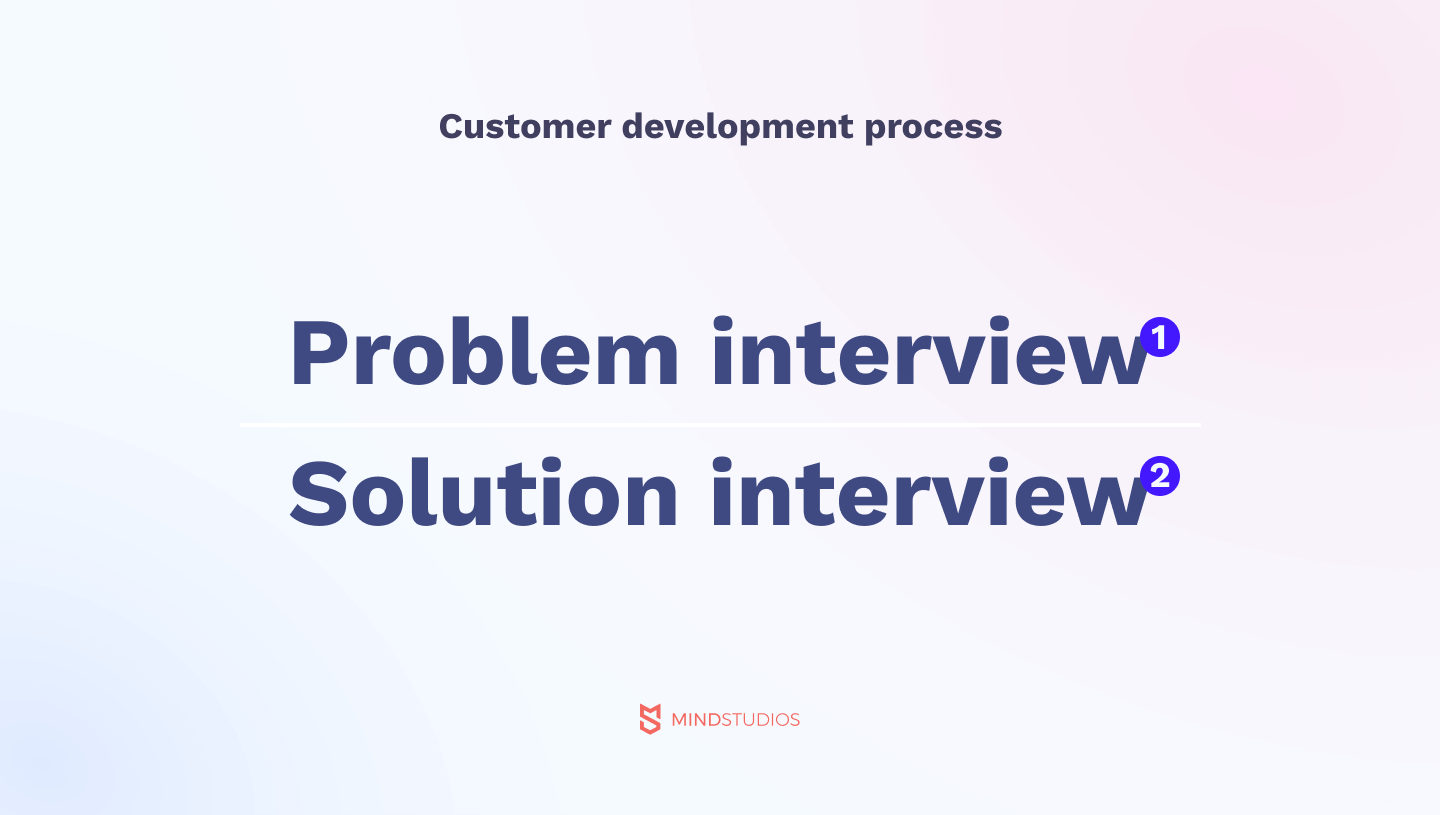
This step is dedicated to identifying who will use your new product — that is, to creating your target customer persona.
You need to think about who can pay your average price in the area in which your business will operate. This will enable you to figure out your persona’s average income, and therefore your persona’s occupation. By using online portals like the one provided by the U.S. Bureau of Labor Statistics, you can clarify your target demographics and draw up a realistic customer persona.
If you work in the B2B segment, your average price and your customer persona can help you create an ideal customer profile (ICP) — a fictional company that would benefit the most from buying and using your product or service. Your ICP needs to describe the company’s industry, location, size, budget, revenue, funding or IPO status, and so forth.
After you have a clear picture of who your end customers are, it’s time to figure out the perception of your startup idea by asking people who correspond to your customer persona. There are different ways of asking about the perception of your idea, including:
- Interviews
- Surveys
- Focus groups
- Observations and field trials
- Social media listening
- Forums and business communities
Let’s highlight the most effective tools you can use to analyze your target audience while conducting problem and solution interviews:
-
Problem interview. Before offering something to your customers, you should discuss the problem you will solve and typical ways to solve it. It’s hard to compete with the effectiveness of in-person interviews or Zoom interviews, but tools like SurveyMonkey are increasing in popularity.
SurveyMonkey lets you create a customized survey and send it to individuals who meet the criteria of your ideal customers, starting from $1 per answer. Thus, you can narrow the circle of interviewed people, get valuable information, and as a result, save your time and money.
-
Solution interview. Once you come up with a solution for a problem, you need to figure out whether it satisfies your users. Offer respondents whom you’ve interviewed to test your pilot product or service and tell about how well it meets their expectations. If you’re doing market research for app development, it’s better to pitch your idea in the form of an interactive app prototype, focusing on making an intuitive UX design, not UI.
You can use Zoom to provide solution interviews. Besides using Zoom for testing your pilot app, you can refer to UserTesting. This online platform provides you with video records of how respondents interact with your app while moving from one screen to another. You may also like an app marketing strategy.
Every step of this startup market research guide is aimed at collecting the most important and comprehensive data you need to continue startup development. Knowing your business environment, main competitors, and target audience will help you:
- Create a value proposition map
- Compile a business plan
- Draw up a product requirements document
- Improve your product’s functionality
- Expand your target audience
Market research for a new business never stops and continues as long as your project is alive.
Market research for apps and websites is our strong point
Any complex task can be subdivided into easy-to-do steps, and market research for a startup is no exception. In this article, we’ve shared a simple approach to conducting market research for a business idea. But since every business has unique requirements, any one-size-fits-all market research guide can only be a starting point.
To make your make your market research for a new product effective, you might need an experienced product manager alongside a tightly knit development team. At Mind Studios, we emphasize a comprehensive discovery stage before starting to develop a mobile app or website. Benefit from our experience.

